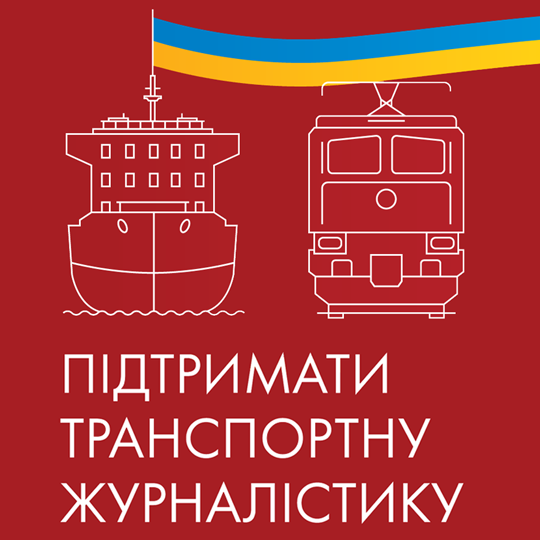Five regions were unable to take advantage of the new road-repair opportunities that were offered by the decentralization of roads this year. These regions were able to spend less than half of the funds allocated to them from the Road Fund by the end of the road-repair season.
The Luhansk region was able to spend only 42% of the funds on road repair and construction. The Odesa, Ternopil, Zakarpattia, and Mykolaiv regions were also among the five regions that spent the least amounts, according to an infographic published on November 7 by the Ministry of Infrastructure.
Only the Khmelnytskyi region managed to spend all the money allocated from the Road Fund. Five regions (the Lviv, Vinnytsia, Chernihiv, Kharkiv, and Zaporizhia regions) spent more than 90% of the money.
As reported earlier, decentralization of the road sector came into effect in Ukraine on January 1, 2018. As a result, the State Automobile Road Service (Ukravtodor) is now responsible for only 50,000 kilometers of roads. The remaining 123,000 kilometers of the country's road network have been transferred to the regions, with guaranteed allocation of 35% of the Road Fund’s revenues to them.
Ukravtodor recently announced that local executive government agencies are now responsible for placing orders for performance of works (maintenance, repairs, construction, and reconstruction) on local roads. In addition, Ukravtodor’s acting head Slawomir Nowak believes that there is no market for road maintenance in the country as such because there is no competition. As a result, according to him, the government has suspended the plan to abolish the Roads of Ukraine state joint-stock company.
Another source of funds for repair of roads is the so-called "customs experiment," in which half of above-target customs revenues is spent on road needs.




